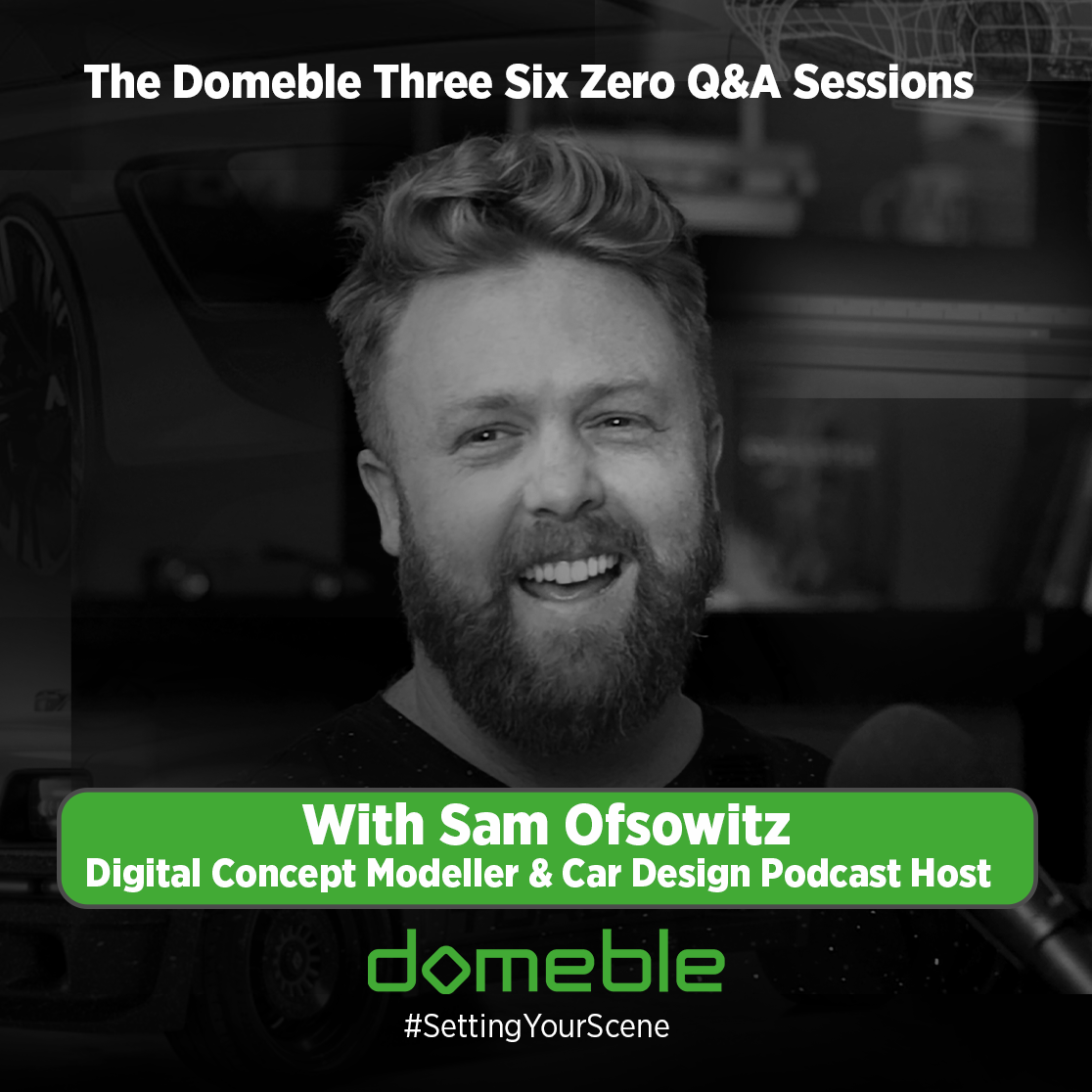In this episode of the 360 interviews, we have decided to chat with Sam Ofsowitz- Digital Concept Modeller and Car Design Podcast Host.
How did you end up where you are – what’s your career path been?
After finishing a degree in Transport and Product Design at Coventry University, I hit a brick wall in terms of employment.The 2009 recession was in full swing and very few graduates were finding their way in to the industry. My intention was always to become a designer, but I loved 3D, particularly clay, and I was also excited to learn Alias. Unfortunately, I just wasn’t able to grasp the program at University and it was a big disappointment. I applied relentlessly to everywhere and was open to anything within design (Inow know that this was not an effective strategy), but gained no traction. I eventually did an Alias course with an incredible instructor called Salvador Roig. It
was here that I met Nick John and eventually I landed a job as a junior modeller. I gravitated towards Advanced Design, because it is the most creative. I have done Strak/A-Class modelling, but I find it tedious and closer to Engineering than Design. By avoiding this part of the process, I have, by default, carved out a niche for myself as a Concept Modeller.
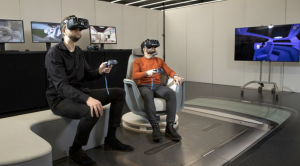
How have you seen software and tech change over the past ten years?
There have been two major changes that have stuck out to me. The first one is the acceptance of other modelling tools.
For years, companies such as BMW, have embraced polygon modelling in the Advanced phases of design and to my knowledge, there were only a handful doing this. My first experience seeing Maya as a modelling tool in an Automotive setting was at Volvo. There was one modeller, in particular, that was incredibly fast at producing beautiful organic volumes, which was very useful in interiors. It seems now that virtually every studio has adopted Polygon modelling in the early design phase and Blender has come to the forefront as a respected tool.
Conversely, on the Nurbs side, I have also seen modellers using so-called strak tools, such as Icemsurf, to do concept modelling. The importance of the particular tool, therefore, has become secondary.
The second major change is the acceleration of VR in the Design process. This started out as a novel tool to evaluate volumes in a simulated 1 to 1 environment,but sketching and volume development in VR has also become a respected part of the design workflow.At first, designated VR ‘stations’ were needed to view and experience digital models in this new immersive world. Big computing power, cables and mapping
towers were the main obstacles.Wireless headsets that are more comfortable and more affordable have now reduced that barrier to entry and it’s normal to see designers or modellers sitting at their desks or standing in a random corner, swinging around controllers around like blind robots.I know that I said there were two major changes, but there is a third, which,fortunately for whoever is reading this, can be wrapped up into a couple of sentences:
The level of realism and sophistication that internal visualization departments are able to produce is incredible. In many studios, these teams have become mini versions of Hollywood VFX studios and arguably the most exciting part of design.
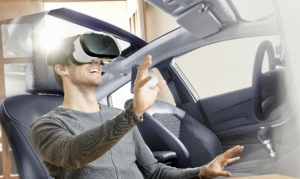
How have you developed your design style throughout your career journey?
My workflow has largely remain unchanged. Being able to evaluate designs, particularly side-by-side comparisons, in VR is
great, but I have not resonated with VR sketching. I am not against it and I think that from a collaborative standpoint it is very interesting. Having multiple people in various parts of the world working collectively on a volume is pretty mind-
blowing, but it’s not for me.
There is everything to be said for the control needed to produce a beautiful volume. It is highly underestimated how difficult it is to get this right. Before establishing tension in the surfaces, key lines that will ensure good proportions need to be set up in a controlled manner. For me, swinging a controller around like a lasso is the least effective way to do this. I also feel that too many cooks spoil the broth and the Car Industry is already plagued with the cancer that is having their products designed by a committee.Bringing multiple people together right at the start of the design phase to crystallize a volume from an idea gives me anxiety. The initial design theme will be watered down extensively throughout the development of the car, and it’s important, therefore, to capture the purity and essence of the initial idea or vision, as authentically as possible. For me, that authenticity can best be captured with the least amount of people.
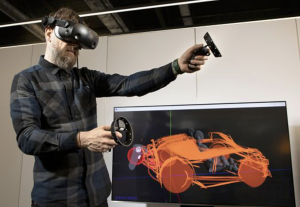
What are your thoughts on the importance of seeding tech and training?
It is very important. Education as a whole, is based on the requirements from a time that is so distant and different from that of today. The growth and complexity of Tech has accelerated at an unprecedented rate in the last 10 years and will continue or surpass that rate in the following.The need for simplicity and making modern Technology work for you, instead of against you, is already an important issue. Young people need to be informed and educated from an early age in order to fully grasp the problems as well as the opportunities that lie with in the modern landscape.It’s important also to note that the use of the word ‘tech’ is not synonymous to the cliches of silicon valley or the start-up world anymore. We have entered into an age where tech will be synonymous with every profession in every industry,regardless of whether you’re a plumber, an online retailer, florist or designer.The curriculum, therefore, is severely outdated and needs to be rethought completely, including whether University is needed at all for certain professions.
It is, therefore, absolutely in the interest of manufacturers/companies to get involved in that change in order to be able to choose from a pool of young talent that already possess the right tools to innovate and serve the company from the moment they join.
As a designer, do you see the speed of technological advances in design iterations as a good or a bad thing?
There are a lot of positives to draw from these advances, but the elephant in the room is something that I have already touched on, which is the design-by-committee approach. If you take this problem and add a never ending arsenal of options and iterations, a loss of vision is inevitable.
In your opinion, how do you see the consumer engagement process changing compared to traditional processes?
I can only reiterate what Henry said in that it has brought the showroom to the customer.Tesla, for example, have proved that you can sell anything, including a car, online and they did this with a simple website. A seamless VR experience would enhance the reality of that process to where it would seem pointless to go to a showroom. Of course, there are exceptions to this (the craving for human interaction, for
example), but we are living in a time where convenience is king.
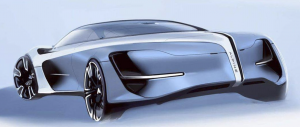
Looking into your crystal ball, how do you see the use of software and tech in
the industry in 5 years?
AI is going to become an indispensable tool in the creative process and that’s inevitable. When you distance yourself from the paranoia of robots taking yourjob, there is a sea of opportunity in how AI can work for you as a designer.Instead of going to Pinterest, for example, and taking inspiration from the same reservoir as everyone else, you could use a sketching tool or image generator to produce countless ideas based on your input, that you control.
There are already AI tools, such as Vizcom, that have divided the industry,because of the potential ‘threat’ to the role of the designer. The thing to remember, however, is that a sketch is not the design – it is simply an idea.The design happens when you commit to developing that idea into a physical/digital product that has been engineered properly to function as intended. The early stages of idea generation is important, but it is a very small part of the process.
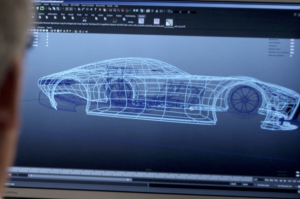
[maxbutton id=”1″ ]
Want know more about Sam’s podcast? Click here










